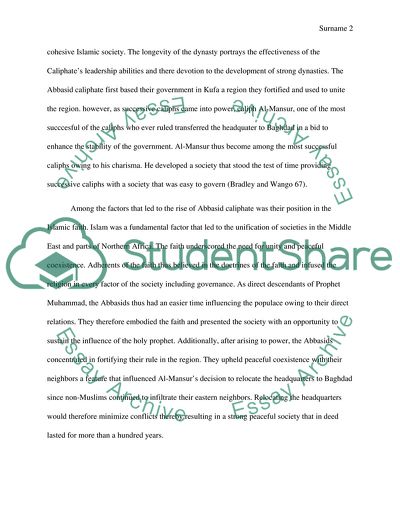Cite this document
(The Abbasid Caliphate Essay Example | Topics and Well Written Essays - 1750 words, n.d.)
The Abbasid Caliphate Essay Example | Topics and Well Written Essays - 1750 words. https://studentshare.org/religion-and-theology/1818545-abbasid-caliphs
The Abbasid Caliphate Essay Example | Topics and Well Written Essays - 1750 words. https://studentshare.org/religion-and-theology/1818545-abbasid-caliphs
(The Abbasid Caliphate Essay Example | Topics and Well Written Essays - 1750 Words)
The Abbasid Caliphate Essay Example | Topics and Well Written Essays - 1750 Words. https://studentshare.org/religion-and-theology/1818545-abbasid-caliphs.
The Abbasid Caliphate Essay Example | Topics and Well Written Essays - 1750 Words. https://studentshare.org/religion-and-theology/1818545-abbasid-caliphs.
“The Abbasid Caliphate Essay Example | Topics and Well Written Essays - 1750 Words”. https://studentshare.org/religion-and-theology/1818545-abbasid-caliphs.


